What I want most from a Trump presidency is smashing the climate change scam. Trump pulled out of the Paris Agreement during his first presidency, but not as comprehensively as widely thought. In any event, Biden re-entered the agreement in 2021.
Trump supporters vow to do it comprehensively this time around by leaving the overarching United Nations Framework Convention on Climate Change. Alden Meyer of E3G, which markets as ‘world leading strategists on the political economy of climate change’, fears that ‘pulling out of the framework convention would be a higher level of insult [than the Paris Agreement] because it would mean that we don’t think the whole topic of climate change is serious.’
He's dead right. ‘Drill baby drill’ is Trump’s mantra. During his presidency, U.S. crude oil production increased by 30 per cent. He has vowed to halt offshore wind projects on ‘day one’. His intentions are clear. The two issues are whether it is legal and whether to bother doing it when there is no penalty for failing to do anything concrete.
It is still being determined whether a president could withdraw from the treaty, ratified by the Senate in 1992. The U.S. Constitution gives the president the power to make treaties with the Senate’s approval, but it does not specify who has the power to terminate them. In any event, countries can leave the treaty 12 months after giving notice to the U.N. secretary-general. President Trump would delight in telling António Guterres what to do with his Climate Convention.
What it would take to re-enter the U.N. Convention is also debated. Some argue that the Senate must vote again to ratify the treaty. Others say a future president could rely on the approval of the original Senate treaty. Of course, Europeans may attempt to impose a strict Carbon Border Adjustment Mechanism on the U.S. if it withdraws from the Convention, but I am sure Trump would relish the fight.
On the second question, the Paris Agreement requires countries to set targets for cutting their emissions and report on progress. There is no penalty for not complying. In its early phases, the U.S. provided around one-fifth of the Convention’s budget and between 20 and 40 per cent of the Intergovernmental Panel on Climate Change funding.
In 2017, before officially withdrawing from the Paris Agreement, the U.S. did not contribute funding to the IPCC or the UNFCCC. The Trump administration also declined to contribute to the Green Climate Fund, which helps developing countries shift toward clean energy and build resilience against climate impacts. President Obama pledged $3 billion to the fund in 2014, but the pledge remains unmet.
Paul Bledsoe, a former Clinton White House climate official, asked, ‘Why are they leaving? What is it they’re scared of? The conclusion you come to is this is all about culture-war symbolism … the international response to a U.S. move to withdraw from the UNFCCC … could have really bad implications for U.S. security policy, economic policy and trade policy.’ Au contraire, much of the developed world would breathe a sigh of relief at moving to a smarter response to climate change risk, which is to adapt or wait until there are cheap greenhouse gas abatement technologies. Or adapt to inevitable changes to the climate that are driven by factors not controlled by humans.
McKinsey estimates that the cost of transitioning from fossil fuels to green energy would exceed $US5 trillion annually. For the average person in developed nations, this means $US11,500 annually. At the same time, climate policies are delivering little. In Germany, the switch to green energy has achieved next to nothing: in 2010, 79.6 per cent of German energy was powered by fossil fuels; in 2022, it had declined by just 0.3 percentage points to 79.3 per cent.
The alternative argument is that the U.S. could create more problems for climate cooperation if it remained in the Convention and the Paris Agreement, where it could block forward action on emissions reductions. That is also a delicious prospect. The Europeans will either have to wear Trump’s interference or carry on alone while supporting Ukraine against Russia and pumping gas into their homes and industries.
But Trump is not there yet. On Tuesday (U.S.), Americans must find time in their workday to vote. The result may not be known for some time, but much depends on it.
Gary Johns is chair of Closing the Gap Research










